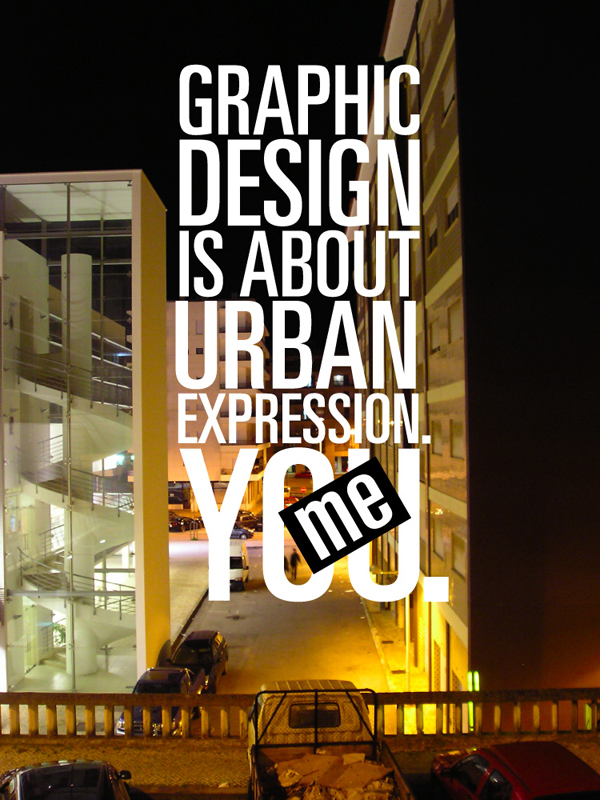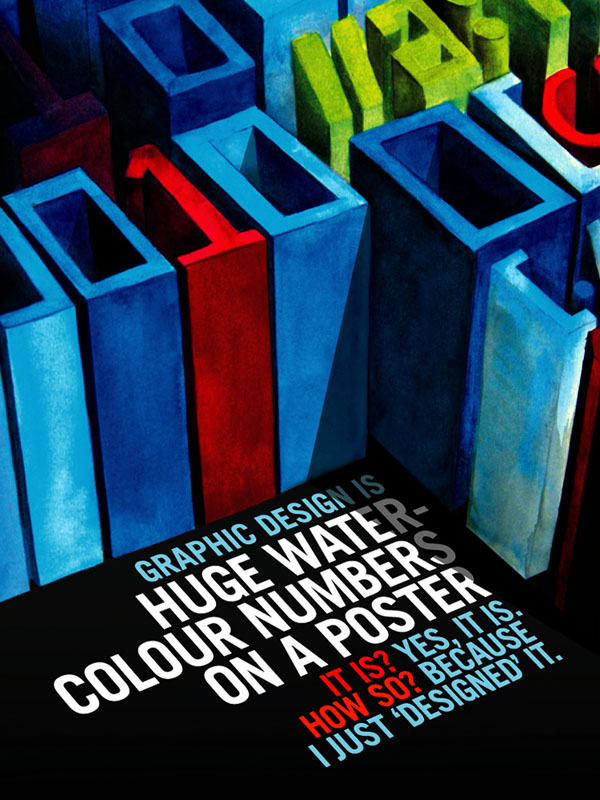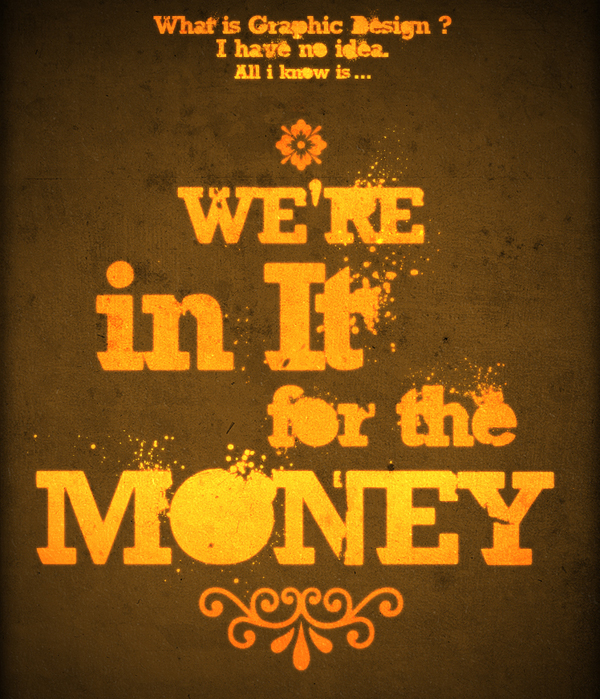
A complex issue such as youth voting is certainly not one that can be tackled in a mere 24 hours. This is not to say that the contestants in this years AIGA - CommandX competition failed to do so, but unfortunately the ideas that were presented had such great potential that it was somewhat of a letdown to not see them through to their end.

Kelly Dorsey's campaign 'they wont expect it' is a prime example of this fact. I loved the cheeky attitude of the ads, but as the judges had suggested, the creative was not supported by a cohesive campaign and sadly it did not fulfill its potential.

I thought that all of the campaigns did an excellent job of reaching the target market in question, but what surprised me was how perceptive the contestants were.
Each of the contestants issued a challenge to the viewer, in Kelly's case it was more overt, but in Nichelle's campaign I was blown away by the subtlety and severity that were played against each other. Here, rather than hit the viewer over the head, Nichelle allowed them to ponder the message; you are incapable of making change unless you vote.

The minimalistic execution popularized by apple fit magnificently, and allowed the concept to fully shine through. This style has become incredibly popular, and in this setting it becomes apparent that what is becoming trendy in design spheres, is conceptually driven advertisements that do not colour the way the viewer interprets the message.


























